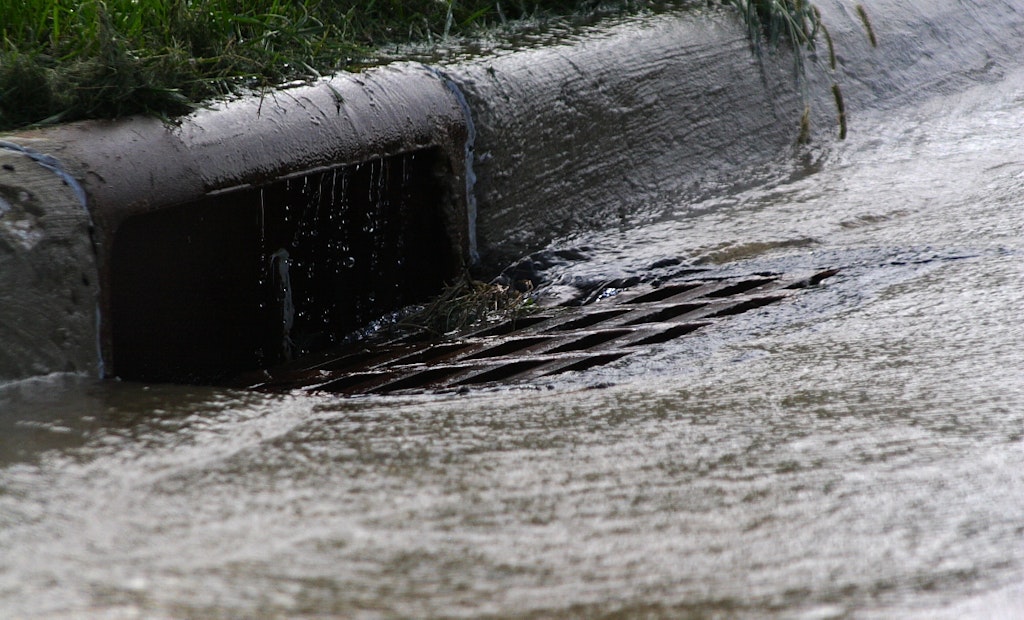The Pacific Institute, a U.S.-based global water think tank, in partnership with 2NDNATURE recently released a new national assessment finding substantial opportunities for expanded stormwater capture and use approaches to improve water resilience in urban areas across the United...
Report Finds Opportunity for Urban Stormwater Capture Across US
Efforts to capture more stormwater could enhance water resilience in communities across the country
Popular Stories
Discussion
Comments on this site are submitted by users and are not endorsed by nor do they reflect the views or opinions of COLE Publishing, Inc. Comments are moderated before being posted.






